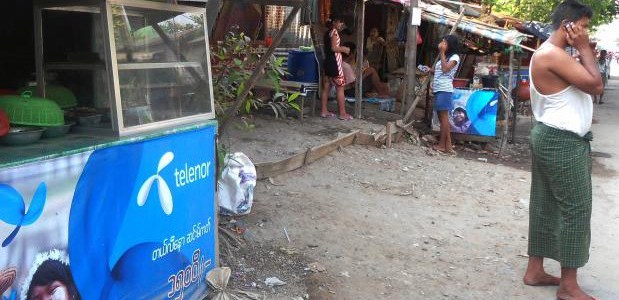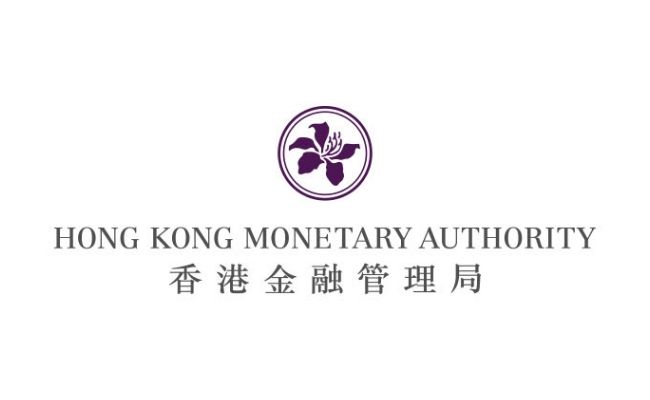
Myanmar Sees Surge In Telecom Investment
DEALSTREETASIA: Investment in telecoms has surged in Myanmar in the past year as operators begin to tap a rapidly expanding market, driving growth in the economy.
Since the opening up of the mobile segment last year, there has been a boom in phone ownership and subscriptions in Myanmar. Currently there are more than 18 million SIM cards in circulation − corresponding to about one-third of the population − up from just 1 million in 2012, according to data compiled by Reuters.
Norway’s Telenor started services in September last year, one month after the launch of Ooredoo of Qatar, with both granted licences over a year ago. The newcomers have quickly gained ground on existing operator Myanmar Posts and Telecommunications (MPT), though the former monopoly and its partner KDDI Corp of Japan still lead in market share in what is a rapidly expanding sector. MPT has 8.4 million subscribers, followed by Telenor with 6.4 million and Ooredoo with 3.3 million.
The increased competition has seen SIM costs plunge from around $200 in mid-2013 to just $2 more recently, while service costs are also expected to fall further as the three networks expand their reach into rural areas.
While MPT has the widest coverage at present, reflected in its higher subscription figures, it is being challenged by both Ooredoo and Telenor, which have extended their reach to 41 per cent and more than 50 per cent of the population, respectively.
The increased coverage and broader access to voice and internet services will be a driving force for economic growth, according to Petter Furberg, CEO of Telenor Myanmar. In an established economy, a 10 per cent increase in mobile penetration can lead to a 1.2 per cent jump in GDP, Furberg told OBG. This may be even higher in certain countries. “In emerging economies such as Myanmar, the effects are even more pronounced: 10 percent more internet availability could lead to a 3-5 percent boost in GDP,” he said.
Ross Cormack, CEO of Ooredoo Myanmar, said banking was another area expected to benefit from an expanded telecoms sector. The change is likely to come from increased penetration of banking services, which currently remains limited with just 5 percent of the local population having a bank account, Cormack said.
“The banking system will become a great example of the technological leapfrog we hear about so frequently when discussing Myanmar,” he told OBG. “Mobile money is critical to ensuring that financial inclusion is a safe, convenient and affordable option for the nation.”




